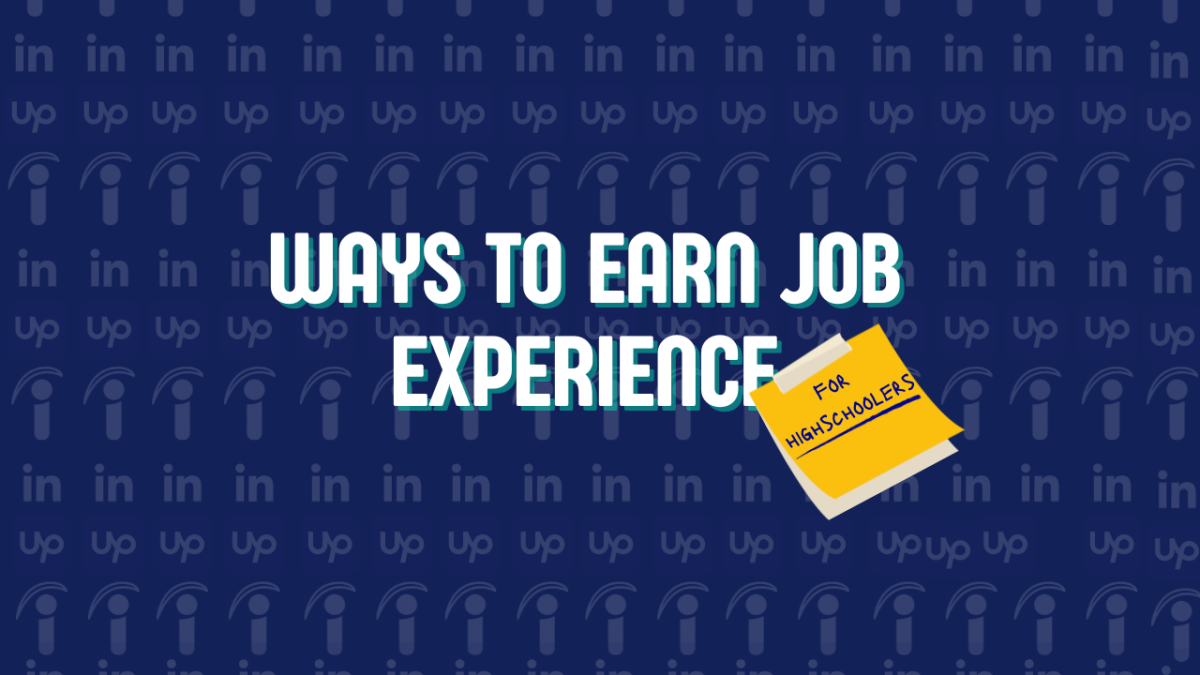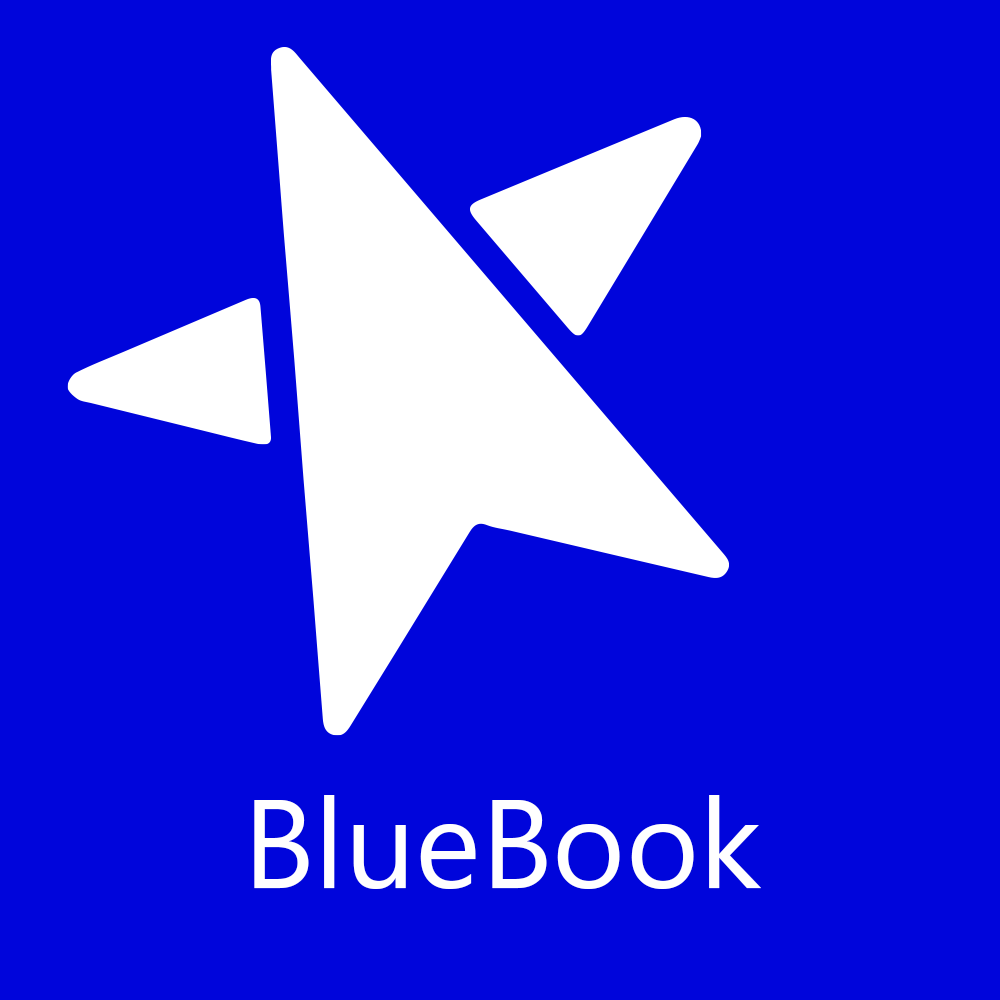In a laughable paradox, many modern entry-level jobs require years of previous experience, yet to earn this experience, most people need to get an entry level job first. Unfortunately, high school doesn’t teach students how to deal with this, and with the high competition in the job world, students often lose worthwhile job opportunities. However, with the help of three websites -which have user friendly apps as well- students can be prepared to enter the job world, despite the various obstacles.
*Quick Disclaimer*
Getting a side job requires a lot of commitment and time, so is best to have a stable schedule and system before trying to find a job.
1. Indeed
This website is a great way to search for professional jobs. With a simple to navigate interface, students new to the job world can easily set up an account and start sending applications to future employers.
Pros:
- Simple Interface
- Detail Company Reviews
- Build-a-Resume Feature
- Personalized job Recommendations sent daily
- Employers can reach out to you
Cons:
-Many jobs may not even exist*
*This is called job ghosting, where hiring managers will post unnecessary job openings to make it seem like a company is growing.
Tip: While the built-in resume template is convenient, it is important to creative a unique resume and cover letter after a while. Indeed’s blog has several tips for creating resumes.
2. LinkedIn
After getting used to the responsibilities that come with a job, LinkedIn allows users to start networking, which will be an important skill for students that plan to enter professional careers. Moreover, students can send job applications to employers.
Pros:
- Both a free plan and a paid plan
- Courses in various subjects
- Resume builder
- Many articles with tips relating to navigating the website and applying for jobs
- Easy to meet new people
Cons:
- Courses are unavailable for free plans
- Minimum age of 16
Tip: Many students find summer or post-graduate jobs by networking. In fact, the author found her own job as an assistant teacher through her extracurricular supervisor!
3. Upwork
Rather than being a tool for applying to conventional jobs, Upwork allows students to apply as freelancers. Students can either choose to sell their own service (ex: custom PowerPoints or websites) or respond to an employer’s needs (ex: proofreading an article).
Pros:
- No restrictions to a particular employer
- A large variety of jobs
- Different ways to get paid**
- Employers can reach out to you
Cons:
- If you earn more than $400 a year, you must pay your own taxes.
- Large competition
- Minimum age of 18
**Users can choose to get at the end of a job or get paid in regulated segments.
Tip 1: Freelancers do not have to stay with an employer after completing their tasks. However, building good connections with employers could lead to future job opportunities.
Tip 2: Try to find a marketable talent. For example, people with an eye to detail can apply for jobs related to digital design. Similarly, bilingual people can apply for interpretation or translation jobs.
Conclusion
While finding a job may be difficult, these three applications make the process much easier. Freshmen and sophomores should focus more on networking with counselors and past alumni. In the summer of junior year, students should start creating accounts, building job experience, and networking in areas of interest with Indeed and LinkedIn. By senior year, students are mostly focused on college application, so they should mostly focus on freelancing opportunities on Upwork. Over time, students can earn enough experience to enter jobs right after finishing their education.
More information can be found on the Indeed, LinkedIn, and Upwork websites.







